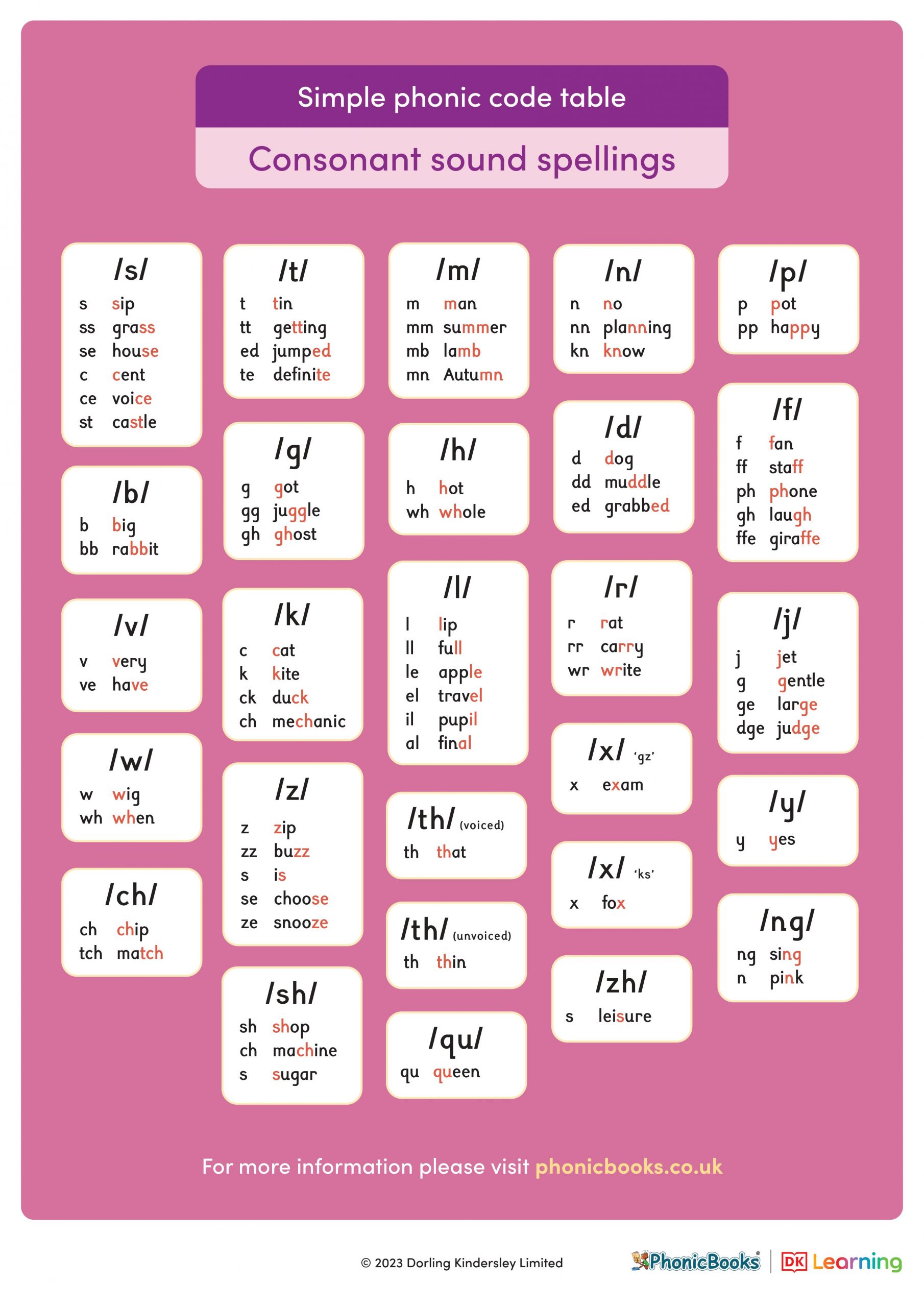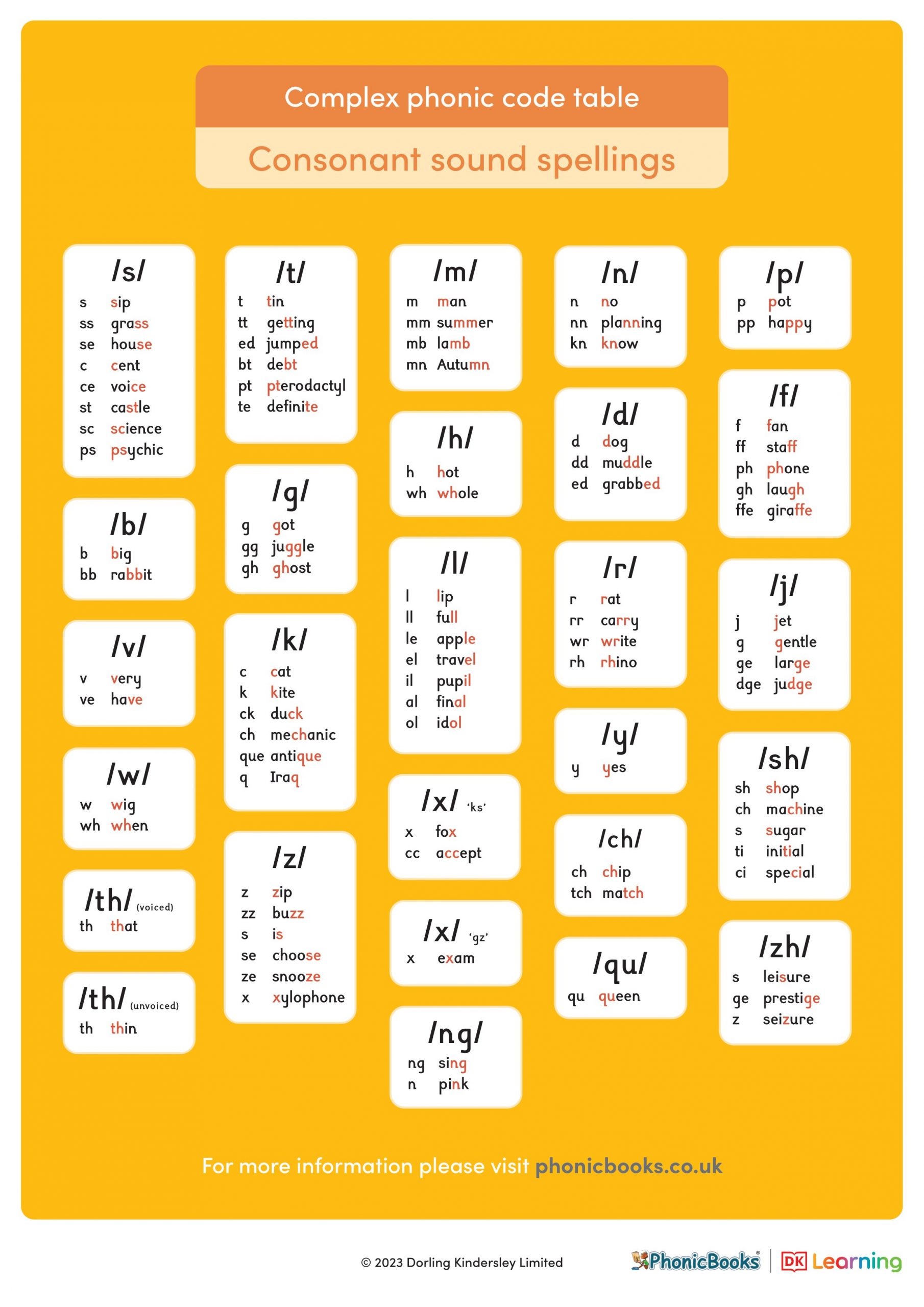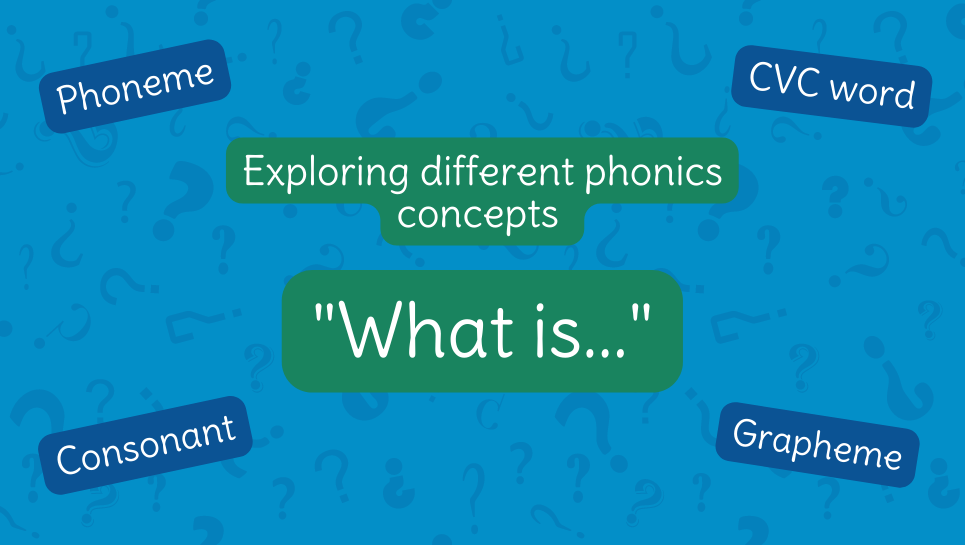In our ‘what is…’ series we’re taking things back to basics! From phonics to decoding, blending and more, we’re going to break things down and give you our expert advice on each area, to help answer any questions you may have around teaching reading.
***
The Alphabetic Code is the framework that shows how the 44 sounds of English (this can vary depending on pronunciation) are represented by letters and letter combinations.
Due to historic factors, the English language is like an archaeological dig with layers of words borrowed from other languages. This has made it a complex code.
Complexities of the English Alphabetic Code
- 26 letters are used and reused in many different combinations to represent the 44 sounds of speech.
- A sound (phoneme) can be represented by 1-4 letters: ‘c a t’; ‘sh o p’, ‘n igh t’ and ‘d ough’.
- A sound (phoneme) can be spelled in numerous ways, e.g., the sound /ee/ can be spelled ‘ee’ as in ‘bee’, ‘ea’ as in ‘cream’, ‘e’ as in ‘he’, ‘ie’ as in ‘field’, ‘y’ as in ‘funny’, etc.
- A spelling (grapheme – letter or letter combination) can represent different sounds, e.g., the letters ‘ea’ can be pronounced /ae/ as in ‘great’, /e/ as in ‘head’ and /ee/ as in ‘team’.
Children need to recognise these letter/sound relationships automatically to become fluent readers. Due to the complexity of the code, many phonics programmes will first introduce a simple part of it and later the more complex letter/sound correspondences.
Check out our phonic code tables!




